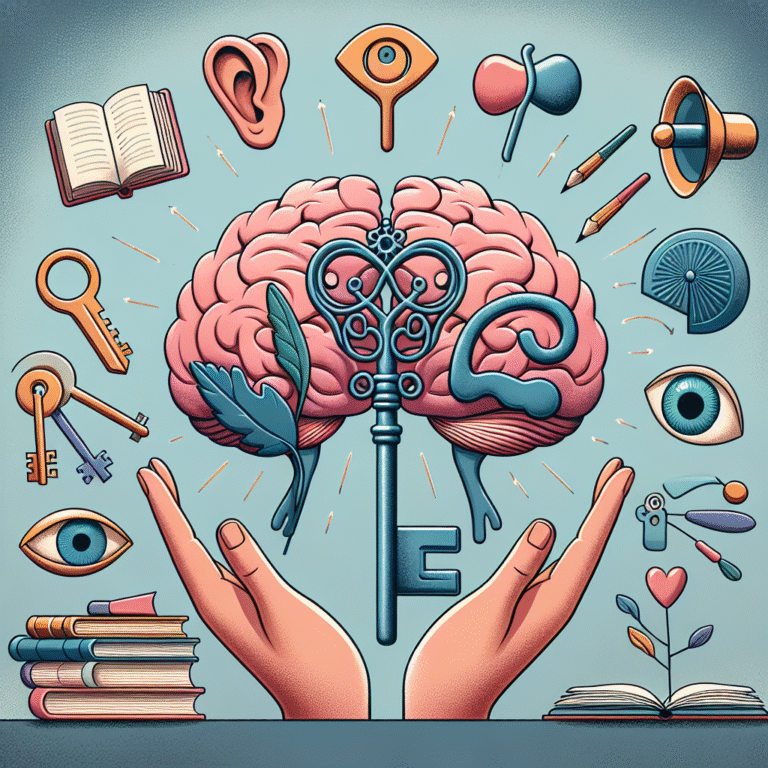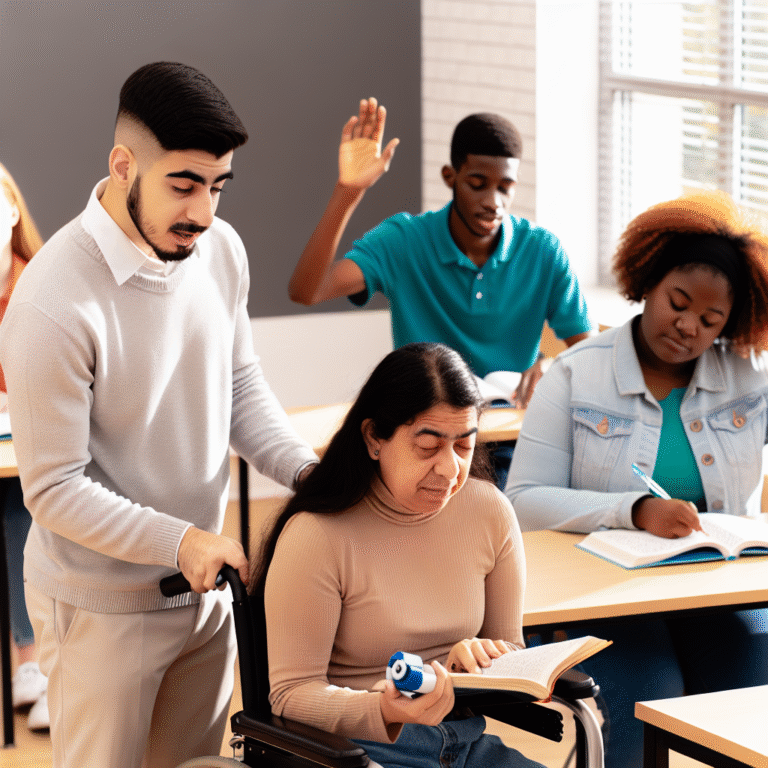From Friend to Lover: Navigating the Seduction Landscape in Male Psychology
Introduction: The Power of Transformation
Have you ever found yourself pondering the possibilities of transforming a platonic friendship into a passionate romance? The journey from friend to lover is an age-old narrative filled with excitement, anxiety, and sometimes, disappointment. Understanding the seduction landscape, particularly from a male psychological perspective, can not only illuminate the intricacies of this transition but also guide you through the emotional labyrinth of relationships. This article aims to provide unique, valuable insights that will empower you to navigate that terrain efficiently.
Understanding the Male Psyche: The Foundation of Connection
The Nature of Male Attraction
To decode the path from "Friend" to "Lover," we need to delve deeper into the male psyche. Understanding how men perceive attraction is critical. Many studies suggest that men often prioritize visual cues and are influenced by chemistry more than emotional compatibility in initial stages. However, emotional bonding isn’t far behind. A male friend often evaluates the potential of a romantic relationship based on the emotional connection formed over time.
The Role of Familiarity
Familiarity can significantly enhance attraction. A study published in the Journal of Personality and Social Psychology indicates that people tend to develop affection for those they know well. This evidence supports the idea that long-term friends often experience a gradual shift in feelings.
The Friend Zone: A Double-Edged Sword
What is the Friend Zone?
The "friend zone" is a term many know well. It’s that awkward space where one person harbors romantic feelings while the other remains blissfully ignorant or uninterested. Navigating this territory requires a delicate balance of communication and emotional intelligence.
Case Study: The Classic Shift
Take the case of Jake and Emily, who were friends for several years. Jake had always harbored feelings for Emily but was unsure of how to express them. Their bond deepened over shared experiences until one day, while watching a sunset, Jake felt a surge of courage. He expressed his feelings. To his surprise, Emily felt the spark, too. This shift from platonic to romantic can happen when the right context and emotional vulnerability align.
Steps to Navigate the Transition from Friend to Lover
1. Building Emotional Connection
The Importance of Vulnerability
Emotions can create intimacy, and displaying vulnerability can invite your friend to do the same. Sharing personal stories, fears, and aspirations can fortify your bond. This emotional sharing often serves as a catalyst for romantic feelings.
2. Subtle Signals of Interest
Reading Between the Lines
Men may not always openly communicate their feelings; thus, identifying subtle signals can be critical. Paying attention to how he reacts to you can provide clues. Does he lean in closer during conversations? Does he maintain eye contact? These non-verbal cues often speak volumes.
Case Study: Signals Uncovered
Consider Sarah and Mark, who had been friends since college. Mark often suggested they watch a movie at his place. Sarah initially thought it was a casual hangout, but after examining his body language – the leaning in, the casual touches – she realized Mark had deeper feelings.
3. Creating Romantic Context
The Power of Settings
Transforming a friendship into romance often benefits from the right setting. Plan outings that foster intimacy, like picnics or candlelit dinners, where the atmosphere encourages deeper conversations.
Chart: Ideal Date Scenarios
| Setting | Purpose | Outcome |
|---|---|---|
| Picnic in the park | Casual Intimacy | Build chemistry |
| Dinner with candlelight | Formal Intimacy | Serious bonding |
| Movie night at home | Cozy comfort | Incubate feelings |
4. Strategic Flirting
The Art of Flirting
Flirting is a dance — a push and pull that can strengthen attraction. Light teasing or occasional compliments can express your interest without overwhelming your friend.
Analysis: Effective Flirting
A study in the Journal of Social and Personal Relationships shows that people who use humor and light teasing in flirting are often perceived as more attractive. This can be particularly effective in shifting a platonic relationship to a romantic one.
5. Timing is Everything
Knowing When to Make the Move
Timing plays a significant role in transitioning from friends to lovers. Choose moments when the emotional atmosphere is right, such as during a heartfelt conversation or a shared experience that brings you closer.
The Importance of Consent and Clear Communication
Setting Expectations
Before taking the plunge into a romantic relationship, it’s vital to discuss feelings openly. Clear communication helps avoid misunderstandings and potential heartbreak. Ensure both partners are on the same page regarding their intentions.
Overcoming Fears: Emotional Risks and Rewards
Dealing with Rejection
Fear of rejection can often paralyze individuals from making a move. Understanding that rejection is a natural part of the dating landscape can help ease these anxieties.
Case Study: Confronting Fears
Alex had feelings for his friend Mia but feared ruining their friendship. After much deliberation, he decided to confess. To his relief, Mia reciprocated. This experience taught Alex that sometimes, taking a chance can lead to unexpected but positive outcomes.
Navigating the Aftermath: What Happens Next?
Whether the transition succeeds or results in heartbreak, it’s essential to handle the aftermath gracefully. If the feelings are not mutual, it may require time and space to heal.
Conclusion: Embrace the Journey
Transforming a friendship into a romantic relationship can be a thrilling yet nuanced journey. By understanding male psychology and employing strategic, emotional, and communicative tools, the process can become less daunting. Remember, every relationship is unique, and adapting to the circumstances is key.
In embarking on this journey, don’t just aim for the destination; enjoy each step that brings you closer to love and connection.
FAQs: Addressing Common Concerns
Is it possible for friends to become lovers without ruining the friendship?
- Yes, many friendships successfully transition to romance when approached with open communication and mutual understanding.
How can I tell if my friend likes me romantically?
- Look for subtle signals, like increased attention, physical proximity, and how they react to your presence.
What if I express my feelings and my friend doesn’t feel the same?
- Respect their feelings and allow space for healing. It’s essential to have an honest conversation to avoid resentment.
How do I handle the fear of rejection?
- Understand that rejection is a part of relationships. Focus on the potential benefits of a successful transition rather than the fear of failure.
- What should I do if my feelings change after confessing?
- If feelings shift, communicate openly with your friend about the changes. This honesty can help redefine the relationship respectfully.
Navigating the seduction landscape in male psychology is both an art and a science. Like any journey, it requires patience, understanding, and courage. Your adventure from "Friend" to "Lover" awaits — embrace it!





